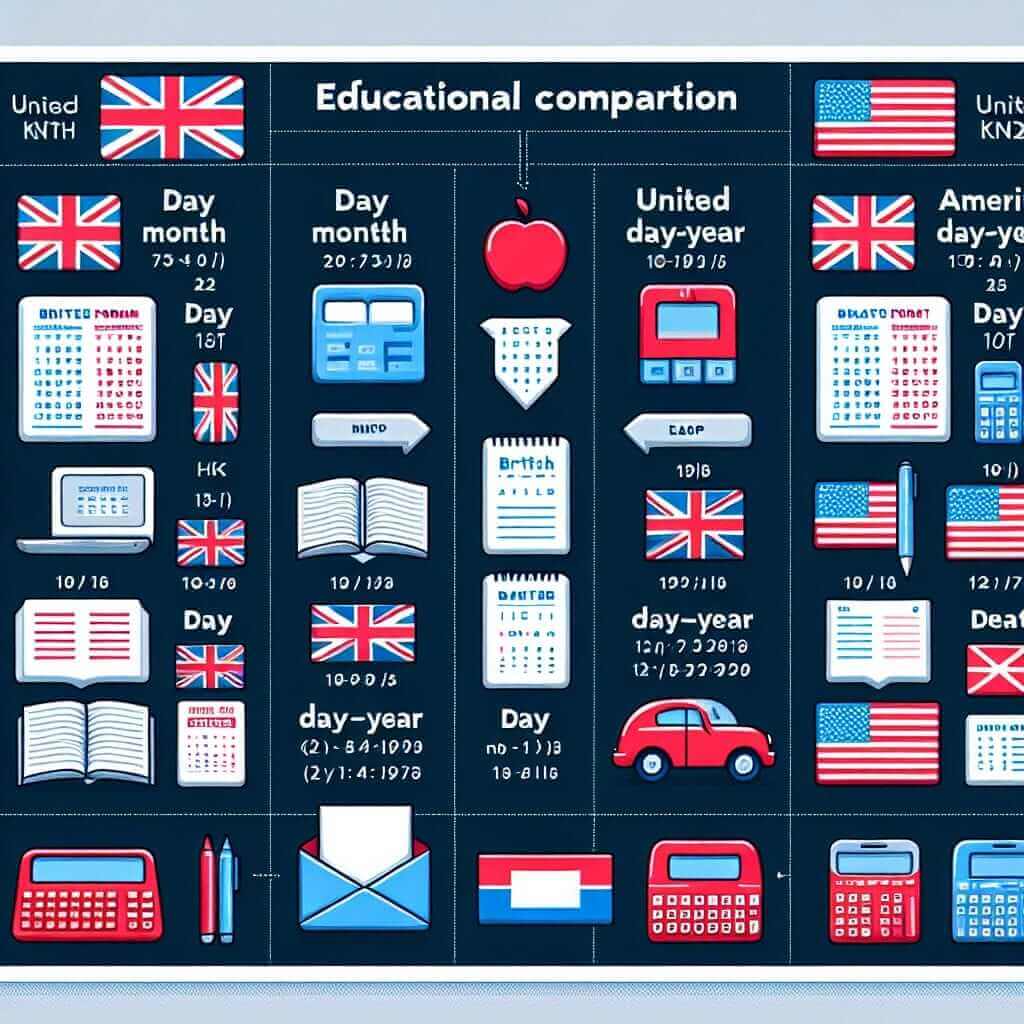As an IELTS instructor with over two decades of experience, I understand the importance of precision in your writing, especially when it comes to dates and months. While this might seem trivial, using the correct format and avoiding common errors can significantly enhance your score in the IELTS Writing test. Let’s delve into how to effectively incorporate dates and months in your IELTS writing.
Why are Dates and Months Important in IELTS Writing?
Accuracy in conveying information is crucial in the IELTS Writing test. Whether you’re presenting data in Task 1 or constructing an argument in Task 2, using the correct format for dates and months demonstrates your command of English grammar and conventions. This meticulousness contributes positively to your overall score.
The Right Way to Write Dates and Months
There are two widely accepted formats for writing dates in English:
1. The British Format:
- Day-Month-Year: This format places the day first, followed by the month and then the year.
- Example: 20th July 2023 or 20 July 2023
2. The American Format:
- Month-Day-Year: This format begins with the month, followed by the day and the year.
- Example: July 20, 2023 (Note the comma after the day).
Consistency is Key: Whichever format you choose, ensure you use it consistently throughout your writing.
Using Ordinal Numbers: When writing the day, use ordinal numbers (1st, 2nd, 3rd, 4th, etc.) followed by the month and year.
Months in Full or Abbreviated? While both forms are acceptable, using the full month name (e.g., January, February) is generally preferred in formal writing. However, abbreviations (Jan., Feb.) can be used in charts, graphs, or when space is limited.
 Date Formats
Date Formats
Examples in IELTS Writing Context
Let’s see how dates and months appear in typical IELTS writing scenarios:
Task 1:
- “The graph illustrates the average rainfall in London from January 2022 to December 2022.”
- “As of June 15th, 2023, the company’s stock price had risen by 10%.”
Task 2:
- “Some argue that the events of September 11th, 2001, fundamentally changed international relations.”
- “In the 21st century, technology has evolved rapidly since the turn of the millennium on January 1st, 2000.”
Tips for Success:
- Be Aware of Your Audience: Consider if your target audience primarily uses the British or American format and adapt accordingly. However, prioritize consistency above all.
- Proofread Carefully: Double-check your writing to ensure all dates and months are correctly formatted and free from errors.
- Practice Makes Perfect: Regularly incorporate dates and months in your IELTS practice writing tasks to build fluency and accuracy.
By mastering these simple yet crucial aspects of writing dates and months, you’ll be well-equipped to showcase your English language proficiency and achieve a higher band score in your IELTS Writing exam. Remember, confidence comes with practice!


